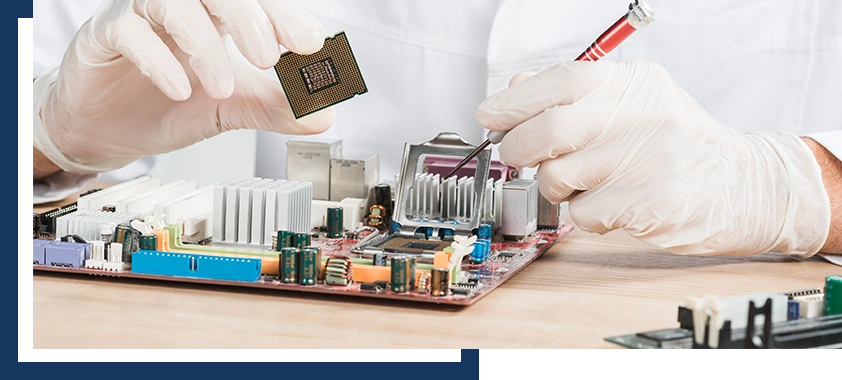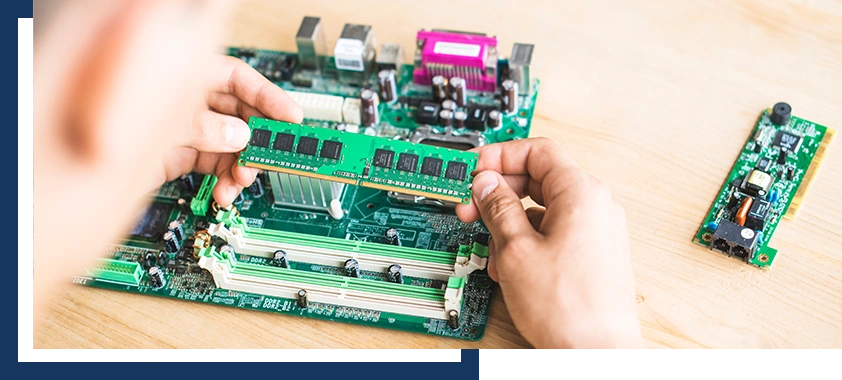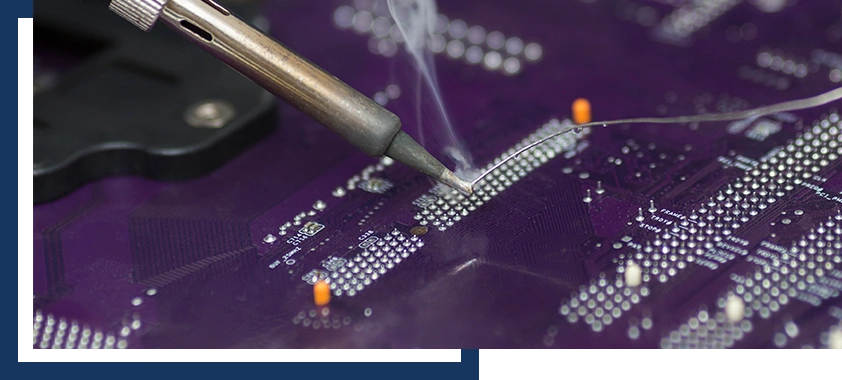Streamlining Innovation: The Art of Efficient Printed Circuit Board Assembly
In the fast-paced realm of technology, the backbone of electronic devices lies in the intricacies of Printed Circuit Board Assembly. As we navigate the ever-evolving landscape of innovation, understanding the nuances of efficient PCB assembly becomes paramount.
The heart of any electronic device, a PCB serves as a platform for connecting and supporting various electronic components. The assembly process, therefore, plays a crucial role in determining the functionality, reliability, and overall performance of the end product.


